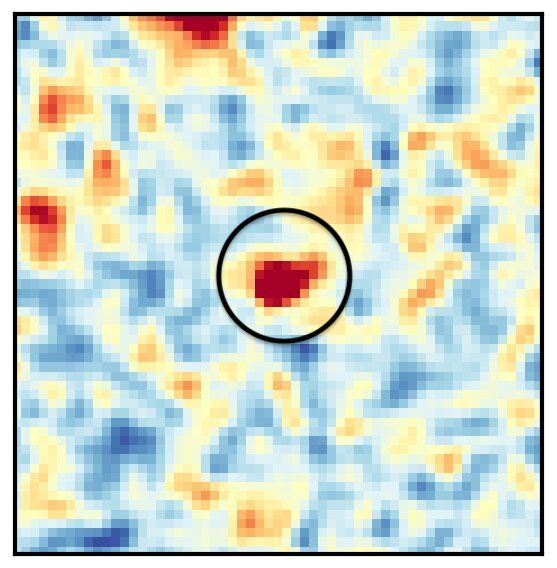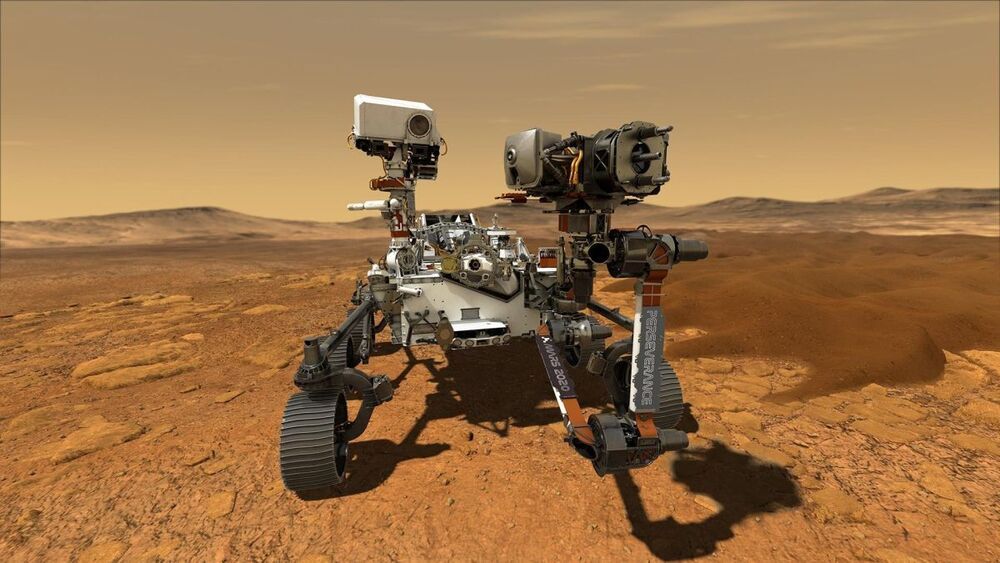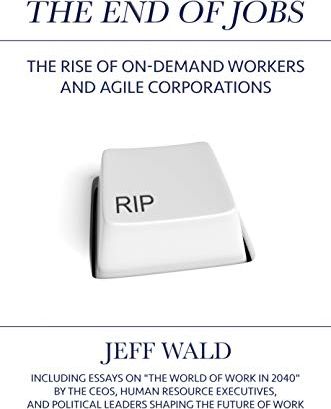Page 5680
Jan 21, 2021
Researchers discover the earliest supermassive black hole and quasar in the universe
Posted by Genevieve Klien in category: cosmology
Nearly every galaxy hosts a monster at its center—a supermassive black hole millions to billions times the size of the Sun. While there’s still much to learn about these objects, many scientists believe they are crucial to the formation and structure of galaxies. What’s more, some of these black holes are particularly active, whipping up stars, dust and gas into glowing accretion disks emitting powerful radiation into the cosmos as they consume matter around them. These quasars are some of the most distant objects that astronomers can see, and there is now a new record for the farthest one ever observed.
A team of scientists, led by former UC Santa Barbara postdoctoral scholar Feige Wang and including Professor Joe Hennawi and current postdoc Riccardo Nanni, announced the discovery of J0313-1806, the most distant quasar discovered to date. Seen as it would have appeared more than 13 billion years ago, this fully formed distant quasar is also the earliest yet discovered, providing astronomers insight into the formation of massive galaxies in the early universe. The team’s findings were released at the January 2021 meeting of the American Astronomical Society and published in Astrophysical Journal Letters.
Quasars are the most energetic objects in the universe. They occur when gas in the superheated accretion disk around a supermassive black hole is inexorably drawn inwards, shedding energy across the electromagnetic spectrum. This releases enormous amounts of electromagnetic radiation, with the most massive examples easily outshining entire galaxies.
Jan 21, 2021
The NASA Engineer Who’s a Mathematician at Heart
Posted by Genevieve Klien in category: transportation
Christine Darden worked at NASA for 40 years, helping make supersonic planes quieter and forging a path for women to follow in her footsteps.
Jan 21, 2021
Israeli-made mask eliminates over 99% of coronavirus, lab tests suggest
Posted by Genevieve Klien in categories: biotech/medical, chemistry, nanotechnology, transportation
The SonoMask displayed an ability to neutralize the novel coronavirus at an effectiveness of 99.34% within trials performed by the ATCCR Testing laboratory in China, Ramat Gan-based Israeli fabric maker and developer Sonovia announced on Saturday. Sonovia’s reusable anti-viral masks are coated in zinc oxide nanoparticles that destroy bacteria, fungi and viruses, which it says can help stop the spread of the coronavirus. Results from the most recent round of testing showed that the mask has the ability to neutralize fallen traces of SARS-COV-2 within 30 minutes after making contact with the fabric. The SonoMask was also proven to maintain its protective properties throughout 55 wash cycles.” Following this outstanding result – the product of several months of dedicated anti-viral sonochemistry formulation – we can now assure the public that our SonoMask is working continuously, permanently and rapidly to neutralize the spread of COVID-19,” said Sonovia CEO Joshua Hershcovici. “We are proud of our latest accomplishment that will help people feel safe and protect their loved ones, all the while remaining the most ecologically sound option upon the PPE market.” Sonovia also participated in trials with Adler Plastic in Italy earlier this year, working toward creating a solution for carpets and other types of fabrics. The company boasted a 99.999% efficiency rate against bacteria during the pilot testing round. Furthermore, the Israeli fabric maker has attracted the cooperation of top brands such as Gucci, Chanel and Adidas, working on the Fashion for Good Plug and Play accelerator project – and earning a $250000 investment for their innovation.” We see our breakthrough technology transforming our everyday life, implemented in all textiles surrounding us: from the clothes we wear, to the textiles in our home, the textiles in our public spaces, in public transportation and of course as a protective measure in the workplaces & medical institutes – in a manner that ensures safer surroundings during these unusual times,” said Sonovia’s Chief Technology Officer Liat Goldhammer.
Jan 21, 2021
U.N. Nuclear Weapons Ban Treaty Coming into Force
Posted by Quinn Sena in categories: geopolitics, military, treaties
Tokyo, Jan. 21 (Jiji Press)—The U.N. treaty to ban the production, possession and use of nuclear weapons has started taking effect in countries that ratified it by October last year.
Among the 50 signatories, Kiribati and other island countries in the South Pacific became the first to see the nuclear weapons ban treaty coming into force on Friday, the day of effectuation in respective time zones.
The landmark international treaty was adopted in 2017 with support from 122 nations and regions at the initiative of nonnuclear weapons states frustrated with long-stalled disarmament talks. It met the requirement of having 50 member states as Honduras ratified it in late October.
Jan 21, 2021
Astronomers spotted a rare galaxy shutting down star formation
Posted by Genevieve Klien in category: cosmology
A distant galaxy harbors an active black hole and active star formation at the same time – an unusual coincidence.
Jan 21, 2021
NASA’s Mars rover Perseverance lands on the Red Planet in less than a month!
Posted by Genevieve Klien in category: space
The car-size Perseverance rover, the core of NASA’s $2.7 billion Mars 2020 mission, will land Feb. 18, kicking off a new era of Red Planet exploration.
Jan 21, 2021
Venus may have once been habitable: Can we make it that way again?
Posted by Lola Heavey in categories: climatology, computing, space
From planet of love to scorching Hell planet—the image of Venus has changed considerably since ancient times, because it is no longer just the third brightest natural object in Earth’s skies. The ancients equated the mysterious third light with the goddess of love; in Greece that was Aphrodite, whom the Romans conflated with the goddess Venus. That’s where our closest planetary neighbor got its name and why Men are from Mars, Women are from Venus worked as a best-selling title, as recently as 1992, and still sells. But since the mid-20th century, we’ve known in detail why a paradise Venus is not. Average temperature on the surface is a scorching 462° Celsius (864° Fahrenheit) while atmospheric pressure is 90 times that of Earth at sea level, or equivalent to being at 900 meters depth in Earth’s oceans.
A handful of Russian landing probes have survived for several minutes on the planet’s surface before being cooked and crushed, but the conditions are unquestionably inhospitable for life forms. Consequently, you do not hear about astrobiologists searching for native microorganisms on the Venusian surface the way you hear about the search for microorganisms on Mars. Nevertheless, since the late 20th century, planetary scientists have speculated that Venus could have boasted a much more hospitable environment in the distant past, perhaps 2–3 billion years ago. That’s around the time that Earth was accumulating oxygen in its oceans and atmosphere. At that point in history, Venus and Earth may have had similar climates.
What’s been in the news lately is a study involving computer climate simulations in which data from NASA’s Magellan mission to Venus were found to support the idea of a once habitable Venus. The study involved researchers from NASA, Uppsala University in Sweden, Columbia University, and the Planetary Science Institute in Tucson, AZ.
Jan 21, 2021
What It’s Like To be a Computer: An Interview with GPT-3
Posted by Brent Ellman in category: computing

Tech featured in this video:
* Learn more about the GPT-3 API Here: https://openai.com/blog/openai-api/
* GPT-3 Paper: Language Models are Few Shot Learners — https://arxiv.org/abs/2005.14165
* Avatar for GPT-3 provided by Synthesia https://www.synthesia.io/
Continue reading “What It’s Like To be a Computer: An Interview with GPT-3” »
Jan 21, 2021
#54: The End of Jobs, with Jeff Wald
Posted by Mark Sackler in categories: employment, robotics/AI
Author and entrepreneur Jeff Wald discusses his book “The End of Jobs: The Rise of On-Demand Workers and The Agile Corporation,” on the latest Seeking Delphi™ podcast. The conclusions may not be what you anticipate from the title…
https://www.youtube.com/watch?v=P9DHdbXcoyM
“There’s a lot of automation that can happen that isn’t a replacement of humans but of mind-numbing behavior.” –Stewart Butterworth

















